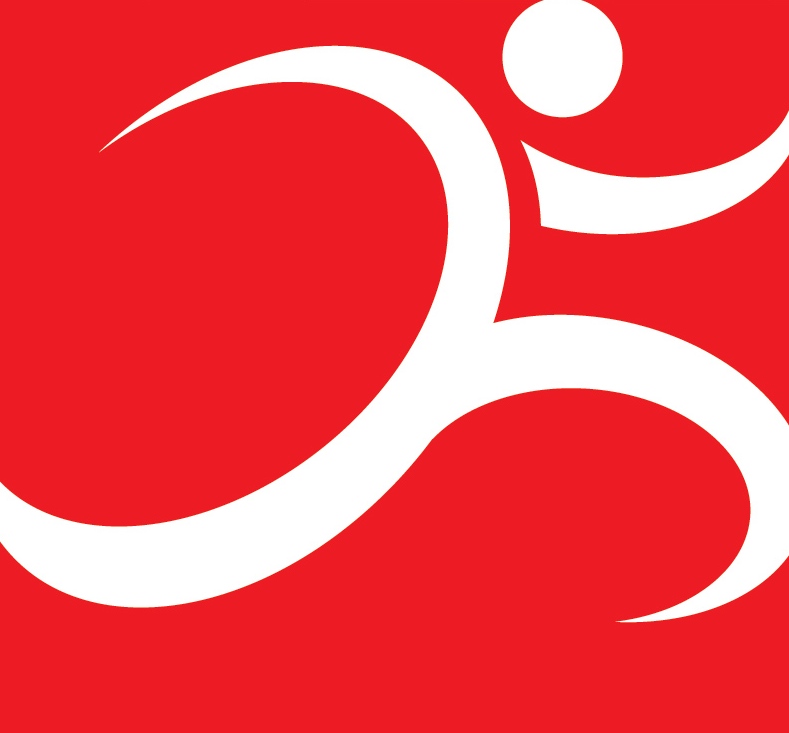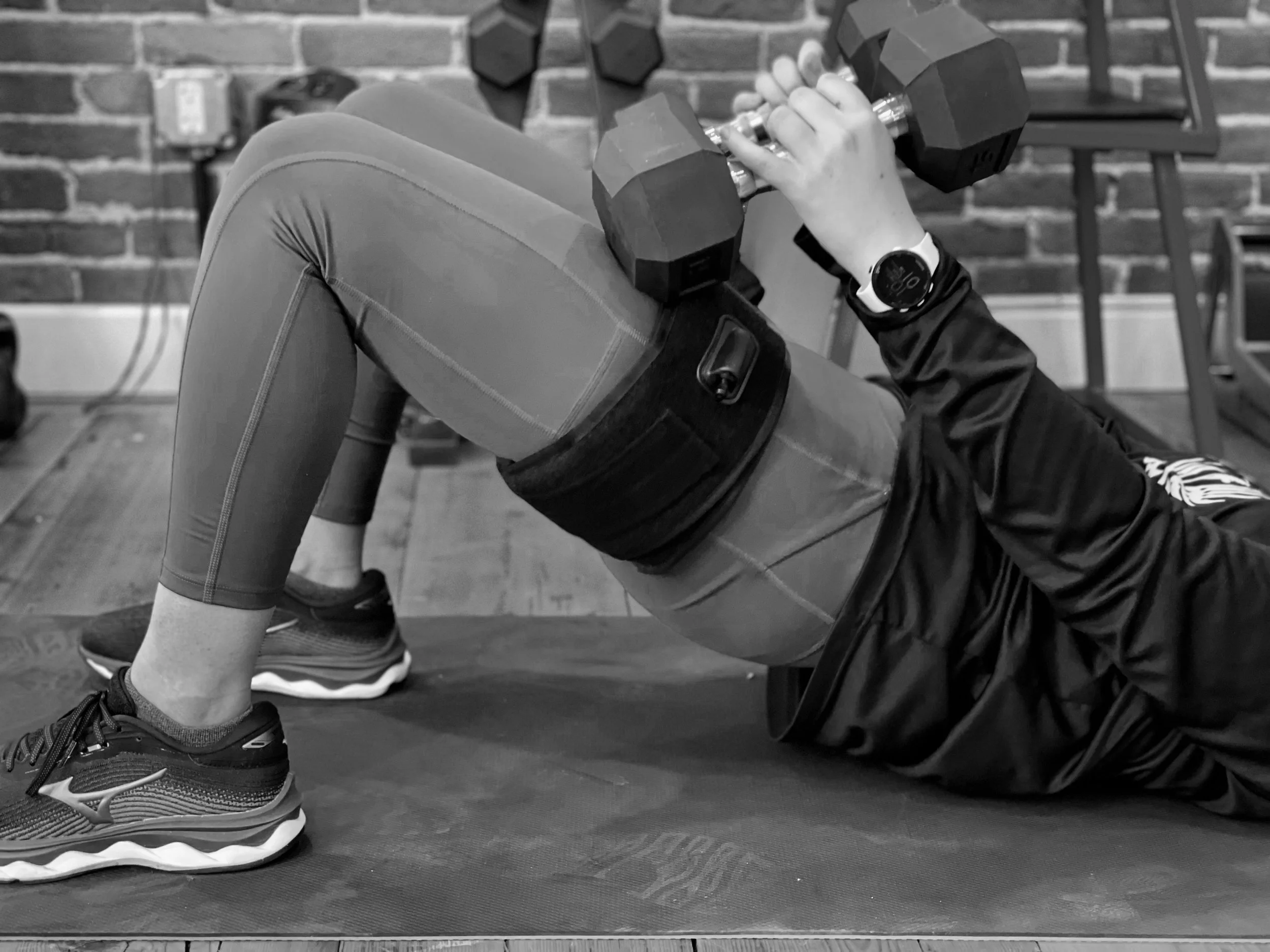Blood Flow Restriction Training
Available with our Physical Therapist, Dr. Chelsea Brown at our Back Bay @ Tracksmith office, Blood flow restriction training (BFR) is a brief and intermittent occlusion of blood flow, either at rest or with exercise. BFR works by limiting the amount of oxygen into a muscle while preventing lactic acid and waste from leaving the muscle. This creates a temporary low oxygen or hypoxic environment in the muscle, which causes the muscle to work harder, yielding increased protein synthesis, promoting muscle growth and repair. BFR can be utilized in both a rehabilitation or performance setting for improved outcomes with decreased overall stress on the body.
To schedule, call our Back Bay @ Tracksmith office at 781 345 4063
BFR for Rehabilitation
Increased muscle hypertrophy with low load resistance training
• Following surgery or musculoskeletal injury strengthening is often prescribed to improve an individual’s function. In order for true strength gains to occur, one must perform resistance training at 70% of their 1 rep max or at 30-50% of 1 rep max performed until failure. Often this isn’t feasible due to pain or post-operative loading restrictions therefore BFR can be utilized with low load resistance training at 20-40% of 1 rep max to create similar physiological response and therefore promoting muscle hypertrophy and increased strength.
Prevents muscle atrophy
• Since BFR is safe to initiate strength training in acute phases of recovery, it helps decrease the amount of disuse atrophy or weakness caused secondary to injury and inactivity.
Improvement in recovery times
• Research has shown BFR causes hypertrophy and strength gains in as little as 2-4 weeks. Traditional high load resistance training takes 8-12 weeks to see hypertrophy and strength gains. Low load BFR training allows for implementation of exercises that are safe for healing joints, tendons and other surgically repaired tissues earlier in one’s rehab and therefore returning to their prior level of function at a faster rate than those who do not utilize BFR.
BFR for Performance in Athletes
BFR Training can be utilized in athletes with low load resistance training or with low intensity aerobic activities for improvements in both strength and cardiovascular function. Oftentimes BFR is utilized in an athlete’s training plan during their “peak season” for rest and recovery, as BFR provides many benefits to the athlete without increased load and demand that high intensity training causes.
Some benefits of BFR in athletes include:
Improved cardiovascular performance or VO2Max
Improved muscle recovery
Improved peak running velocity
Improved running economy
Improved ability to clear lactate acid
Enhanced strength endurance
References:
1. Lau M. Blood Flow Restriction Training Certificate Course. PESI Rehab. Accessed Nov 29, 2021
2. Patterson SD, Hughes L, Warmington S, Burr J, Scott BR, Owens J, Abe T, Nielsen JL, Libardi CA, Laurentino G, Neto GR, Brandner C, Martin-Hernandez J and Loenneke J (2019) Blood Flow Restriction Exercise: Considerations of Methodology, Application, and Safety. Front. Physiol. 10:533. doi: 10.3389/fphys.2019.00533
3. Vanwye WR, Weatherholt AM, Mikeskey AE. Blood Flow Restriction Training: Implementation into Clinical Practice. Int J Exerc Sci. 2017; 10(5):649-654. Published 2017 Sep 1.
Dr. Chelsea Brown, DPT and Blow Flow Restriction Training Specialist at our Back Bay @ Tracksmith location
Chelsea is a physical therapist in the Greater Boston area, who specializes in treating individuals with orthopedic injuries and post-concussion. She enjoys aiding her patients to reach their goals and return to their favorite sports or hobbies.
Chelsea grew up in Upstate New York, where she began rowing in middle school. While in high school, her team attended the Head of the Charles where she developed a love for Boston. She was recruited to row for Northeastern University’s Division I program. During her time at Northeastern, she aided her team in winning three conference championships and two NCAA appearances. While at Northeastern University, she earned her Bachelors in Rehabilitation Sciences and her Doctorate in Physical Therapy.
Chelsea’s love for treating concussions began in Park City, UT where she did her final clinical rotation of PT school. Here she learned advanced visual and vestibular interventions to treat individuals who suffer from an acute concussion to protracted concussion recovery. Enjoying all the mountains had to offer, Chelsea stayed in Park City following graduation where she worked in an outpatient orthopedic clinic treating concussions and orthopedic injuries. Realizing there was a lack of protocols or guidelines for physical therapy post concussion, Chelsea and her mentor, Lauren Ziaks, began researching their own protocols and outcomes. She currently has two research articles published in medical journals, Sequencing and Integration of Cervical Manual Therapy and Vestibulo-oculomotor Therapy for Concussion Symptoms: Retrospective Analysisand Physical Examination Findings in Patients with Protracted Concussion and the Impact of Integrated Concussion Rehabilitation Protocol.
Outside of work, you can find Chelsea spending time exploring with her dog, running, hiking, rowing and traveling.
To schedule, call our Back Bay @ Tracksmith office at 781 345 4063


